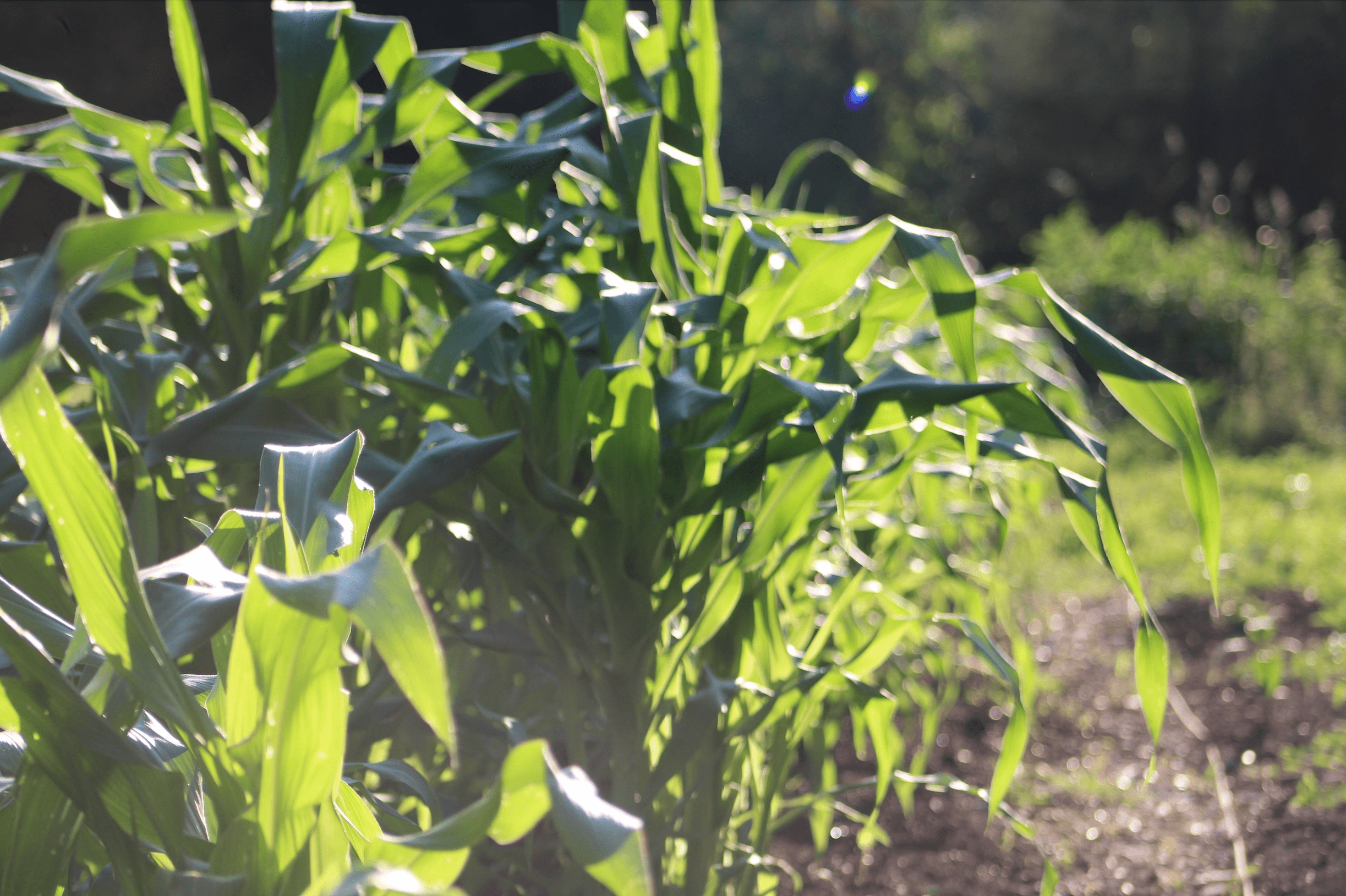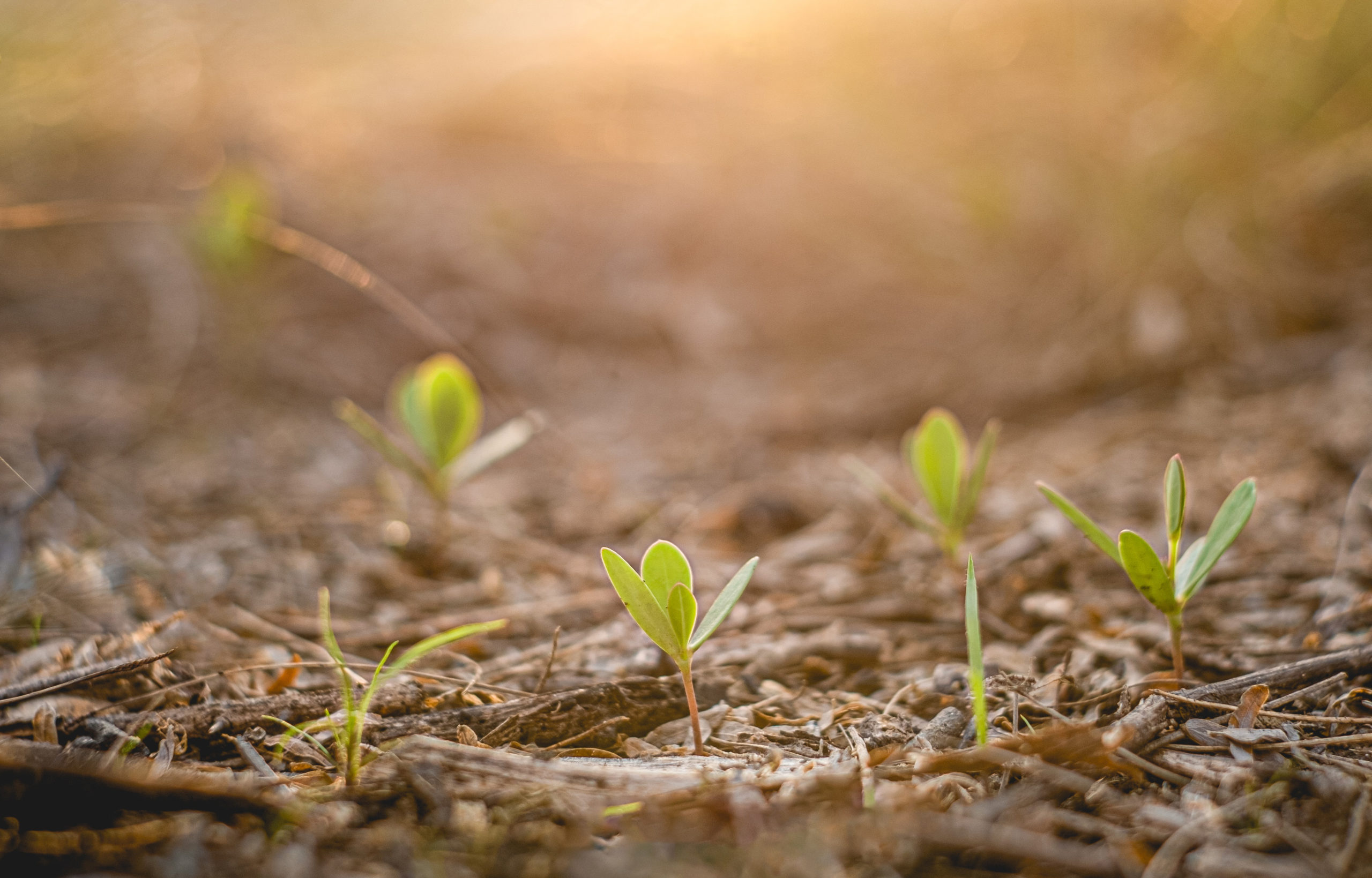Imagine a small farm on an island near a densely populated and ever-growing city. On this island, a vibrant agricultural community has emerged over the years, with a committed and talented community of small farmers producing diverse foods and fibers. The nearby city’s growth (and its escalating cost of living) has been fueled by the continually expanding tech sector, which in turn has led to rapid development of farmland nearer the metropolitan area.
This was the farm formerly owned by Ms. Caroline Gardner of Whidbey Island, the landowner who, in 2019, made the remarkable decision to donate her 10 acres of land to the nation’s first Agrarian Commons.
With this incredible act of generosity, Ms. Gardner helped catalyze the Agrarian Commons movement.
In many ways, the situation on Whidbey Island represents the fears, concerns, and realities of hundreds of farmers around the United States. With over 400 million acres of land changing hands in the next 10 years, a huge portion of U.S. farmland is vulnerable to being lost to development, along with the rich legacy that many retiring farmers wish to preserve for future generations. Gardner’s remarkable decision to preserve her land for active, ecologically responsible stewardship represents the generosity and courage of landowners who are taking action to prevent this loss.
Multiple donors, including one 501(c)(3) nonprofit, have already followed in Ms. Gardner’s footsteps, leveraging the wide range of options available for donating land to an Agrarian Commons. Over time, as Agrarian Trust oversees the formation and management of Agrarian Commons from coast to coast, the story of Caroline Gardner’s visionary land gift continues to be a guiding source of inspiration for prospective donors, and future Agrarian Commons initiatives.
Located 35 miles north of the population-dense greater Seattle metro area, Gardner’s home of Whidbey Island had long been a place for urban dwellers to escape the city—whether just for a weekend, or for a regular ferry commute to a new home. As Seattle grew, so too did the prices of land and housing in the surrounding areas, and Whidbey Island was no exception. As more people sought island homes, much of the soil-rich farmland was sold into non-farm uses, and even established farmers struggled with finding enough acreage to lease or buy to keep up with the demand of their growing population. Faced with these alarming trends, and seeking to secure the future of farming on Whidbey Island, Ms. Gardner began to look for ways that she could make a difference.
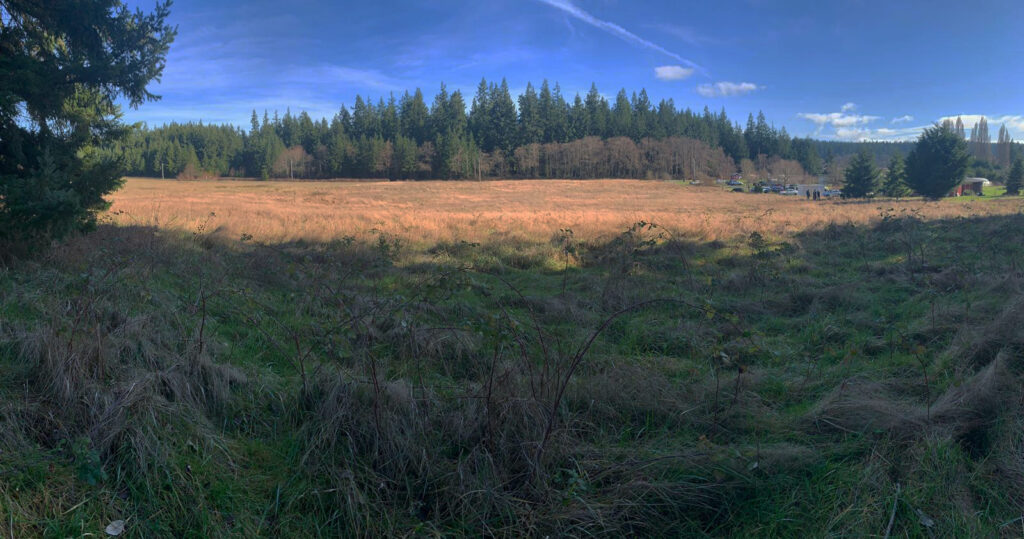
Ms. Gardner soon found a path forward with Agrarian Trust and its mission to ensure land access for the next generation of farmers. Like many aging farm owners, Ms. Gardner imagined a future for her land that would keep it in agricultural production for the community. Inspired by the words of executive director Ian McSweeney and founder Severine von Tscharner Fleming, Ms. Gardner contacted Agrarian Trust and offered her land to seed a local Agrarian Commons. In 2019, Ms. Gardner gifted her 10-acre farm to Agrarian Trust.
With this incredible act of generosity, Ms. Gardner helped to catalyze the Agrarian Commons movement, and created the foundations for lasting change on a local, regional, and national level. Ms. Gardner’s 10-acre gift is now the home to Black Seed Agroecological Farm and Village, a community-based organization dedicated to providing farm-based educational opportunities and healing experiences to Black and migrant communities.
New donors soon began following Ms. Gardner’s example, each with their own vision and process for transferring ownership. In West Virginia, Dan and Callie Walker are donating land Callie inherited from her father to help create the Central Virginia Agrarian Commons. In New Hampshire, Monadnock Community Land Trust donated 63 acres of land to create the first farm in the New Hampshire Agrarian Commons, demonstrating that private donors aren’t the only ones who are donating land to Agrarian Commons.
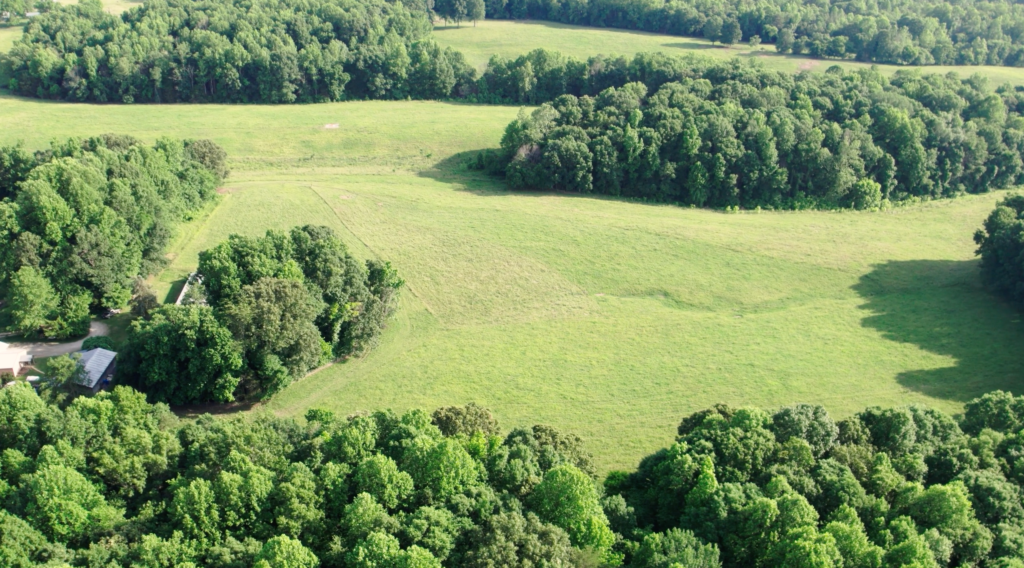
The story does not end with these initial donors, however. As land prices continue to rise throughout the United States, and as farmland is paved over at a dizzying 2,000 acres per day, many landowners are still looking for ways to preserve their legacy, while ensuring it is farmed sustainably and equitably for generations to come.
Every piece of donated farmland is different. Factors such as soil type, access to groundwater, and regional climate can significantly alter what kind of crops can be grown on the land, and for what duration. Similarly, every prospective land donor to Agrarian Trust has unique needs and visions for how and when they want to donate their land. Fortunately, there are a number of ways for landowners to donate their land to Agrarian Trust. Donors can create a provision for Agrarian Commons in a will or trust, donate their land to Agrarian Trust outright, or gift land as a “remainder interest.”
Making a provision for Agrarian Trust in a will or trust is one meaningful way landowners can transfer land into an Agrarian Commons. This can be a desirable option for landowners who want to maintain control over their land during their lifetime, but want the land to be transferred into an Agrarian Commons after death. In some instances, the transfer of land can begin during a donor’s lifetime through leasing the land to Agrarian Trust. Because the process of bequeathing land requires careful planning, prospective donors are encouraged to reach out directly to executive director Ian McSweeney for guidance.
Making a provision for Agrarian Trust in a will or trust is one meaningful way landowners can transfer land into an Agrarian Commons.
For donors who wish to make an immediate, lasting gift to the environment, their communities, and future generations, it is also possible to donate land outright to Agrarian Trust. Direct donations involve transferring the land’s title to an Agrarian Commons nearest to the land. This can be a good option for landowners who no longer actively use their land, wish to relieve themselves or future inheritors of the land of an unmanageable tax burden, or who wish to see their land actively cared for by a new generation of farmers.
Finally, donors can gift their land as a “remainder interest with a reserved life estate.” This means that donors can continue to live on donated land, while playing a supporting role as the farm is transitioned to the next generation. This option is good for farmers who wish to donate their land, but still plan to live on the land during retirement. Donors who use this route are also still eligible for tax deductions for charitable giving.
While these are the most common options donors use to transfer land into an Agrarian Commons, every donor is different. Agrarian Trust will work closely with prospective donors to ensure that they are able to make the gift in a way that best suits their needs, while continuing to support the Agrarian Commons. For example, donors can choose to donate only part of their land, or to spread their donation out over a couple of years in order to receive the optimal tax benefits. Nonprofits and land trusts are also welcome to donate land to Agrarian Trust. For more information on Monadnock Community Land Trust’s donation, read this blog post.
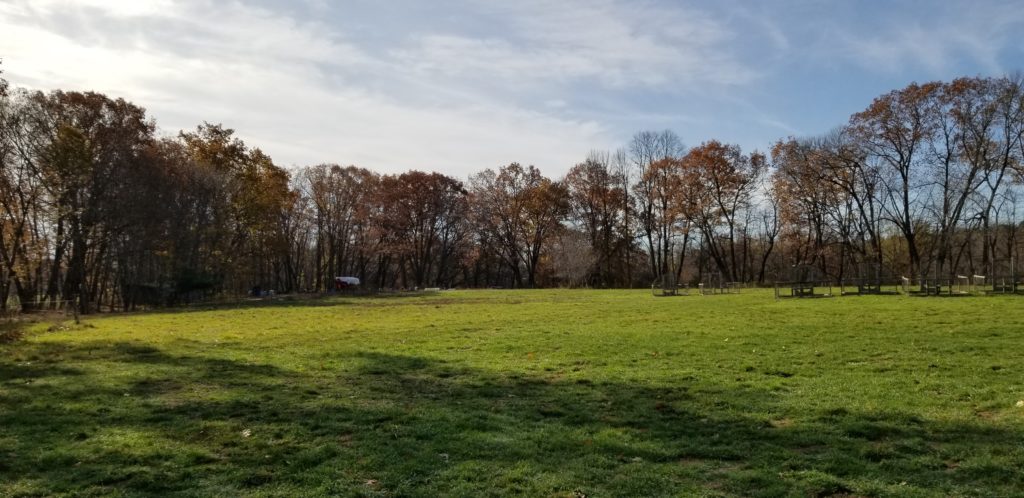
Ms. Gardner and the donors that followed in her footsteps understood that the legacy of land is the ultimate gift—supporting a living community of people, plants, and animals that will thrive in harmony as a commons in which agroecology guides all stewardship decisions. We know there are other landowners like Caroline Gardner in communities across the country, who understand that the land is not truly theirs but an inheritance from our ancestors to be held in trust for our descendants. We are excited to share this inspiring story of our first land gift with landowners who may feel the same way about their land as Ms. Gardner did hers.
